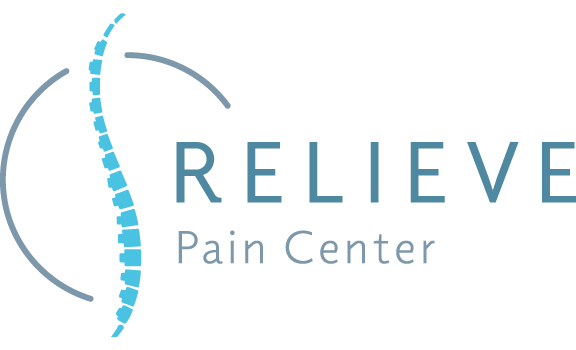Peripheral Nerve Blocks and Radiofrequency Ablation
Peripheral Nerve Blocks – Peripheral Nerve Blocks stop pain transmission from a painful area. Some examples include Suprascapular Nerve Blocks for shoulder pain, Genicular Nerve Blocks for knee pain, Intercostal Nerve Blocks for chest wall pain, Ilioinguinal and Iliohypogastric Nerve Blocks for abdominal wall pain, and Genitofemoral Nerve Blocks for groin pain. Neuralgia is pain arising from a nerve which can be injured by trauma, compression, ischemia, chemical, or toxin exposure. The nerve block procedure entails injecting local anesthetic around nerve fibers supplying a painful area. While the local anesthetic only lasts several hours, it is useful from a diagnostic standpoint, to determine whether the area blocked is the pain generator. If you get pain relief from the local anesthetic nerve block, we can consider proceeding with a series of injections to hopefully prolong the duration of pain relief or with a radiofrequency ablation procedure to temporarily destroy the nerve.
Radiofrequency Ablation – Radiofrequency Ablation uses a radio wave to produce an electrical current that heats up nerve tissue to destroy or ablate the nerve tissue. During Radiofrequency Ablation, a special radiofrequency ablation needle is directed to the nerve that is generating your pain under fluoroscopic (XR) or ultrasound guidance. Once the needle is in the target area, we insert a special probe in the RFA needle, perform sensory stimulation to verify the needle is in the correct spot, and then perform motor stimulation to make sure you won’t have any weakness afterwards. At that point, the special probe within the RFA needle heats up to destroy the nerve, block pain transmission from the painful area, and improve your pain.


